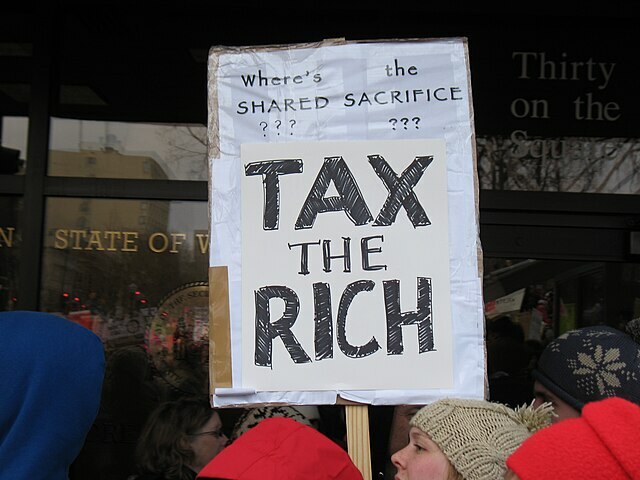As we go into the 2018 election season, there is a great deal of talk among Republicans, both in the White House and in Congress, to pursue what is being referred to as “tax cuts 2.0.” The main policy change promoted as the center piece of 2.0 is to make the personal income tax cuts in the 2017 Tax Cuts and Jobs Act permanent. They are currently set to expire after 10 years from enactment of the 2017 plan.
Although the impetus behind the Republican proposal seems to be, in part, political, intended to hurt Democrats who will likely vote against it, the proposal itself is a good one. The personal income tax cuts, which included both across the board rate cuts and significant increases in the standard deduction or “zero tax bracket,” were limited to 10 years to accommodate budgetary requirements (not because there was a sound economic reason for doing so). Letting people keep more of their income and creating a greater incentive to work and invest, which these changes help accomplish, was a good idea in 2017 and will continue to be a good idea eight years from now. From a political perspective, since a major complaint that the Democrats had with the 2017 bill is that the tax cuts for individuals were temporary while the cuts on the corporate side were permanent, there is a chance that some Democrats could end up voting for it rather than appearing hypocritical.
In addition to making the rate cuts and expanded zero tax brackets permanent, there is also a discussion of instituting what is known a “universal savings accounts” (USA). A very similar idea was proposed by the John Locke Foundation in our recommendations for tax reform in North Carolina in 2012. These accounts treat savings and investments in a way that is similar to Individual Retirement Accounts (IRAs). The main difference is that there are no time or age limits associated with when funds are withdrawn. The model being discussed in news reports is the Roth IRA where money that goes into saving is taxed, but the interest is not. This is in contrast to a regular IRA where funds that are put into a saving or investment account are tax deductible on the front end while the principle and interest are both taxed upon withdrawal. This latter approach was the one taken by the Locke Foundation. The point is that with USA accounts, whichever approach is taken, in their pure form, there would be no such thing as “early withdrawal.” Funds could be withdrawn from such accounts at any time and for any purpose that the saver thinks are best. From an economics perspective, the point of implementing such accounts is not simply to encourage saving and investment, which they would, but ameliorate the bias that exists in the present tax code against saving and in favor of consumption.
If the “tax cuts 2.0” are successful in making these two changes to the existing code, it would be a great success. But there are several other changes that were made in the 2017 reforms that should either be expanded or repealed. First, in the area of business deductions, there should be greater movement toward permanent, full expensing for all business costs. While there were some changes made in this regard in the 2017 reforms, they are temporary and set to expire in three years (or five years from when the legislation went into effect). Ultimately, the entire system of depreciating expenses over time should be scrapped, and businesses should be allowed to deduct all costs in the year that they are made, including the purchases of real property.
Also, as I have said in the past, I don’t see any economic justification for capping the deduction for state and local taxes. As far as I can tell nothing about that enhances economic growth. And to the extent that it generates an additional transfer of wealth from the private sector to government control, it harms the economy.
There is also a host of work-related expenses that, under the latest tax reforms, are no longer deductible: moving expenses, cost of uniforms, dues for professional organizations, and some commuting costs. These are costs related to earning one’s income and should be deductible. By eliminating these deductions, the tax penalty against work is increased. A tax cut 2.0 should restore all of these deductions.
It is highly unlikely that all these changes would get included in tax cuts 2.0, but all of them should be on the list for 3.0, 4.0, and 5.0.


